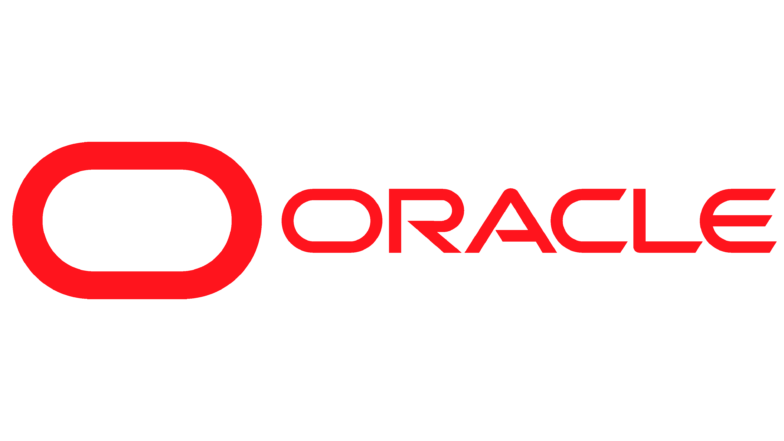As the built world continues to evolve and grow, contractors have begun to offer more sophisticated approaches to one of the most critical phases of the construction and building lifecycle–Preconstruction. BuiltWorlds breaks down the Preconstruction Process and its usage into six tech specialty areas including bid management/prequalification, project modeling & simulation, scheduling, life cycle costing, estimating, and value engineering. Digital Leaders within Preconstruction separate themselves from the crowd by offering advanced features such as Value Analysis, Life Cycle Costing, Energy Modeling, and other sophisticated capabilities. Preconstruction today is made up of many moving parts that are constantly shifting and evolving, with advancements in artificially intelligent technology; streamlined flows of data; sustainability initiatives; and data analytics/business intelligence.
Without the push towards emerging resources in the software market, growth in the industry may become stagnant or harder to navigate for the many stakeholders that are involved in the preconstruction process. Firms like Autodesk and Oracle have achieved dominance in multiple aspects within Precon workflows, which leaves contractors expanding and strengthening their range of user services to stay competitive within the software market.
Autodesk, in particular, is a global superpower within the AEC industry, with its carefully meticulous precon workflows hosting a wide range of design software and acquisitions like Spacemaker, BuildingConnected (inclusive of Tradetapp), and Pype. Having powerful workflows cemented to a project before the first shovel is even turned is necessary to push the industry forward. It is important to bear mind that the preconstruction phase holds immense significance, as it can either ensure the success or failure of a potential project. During this stage contractors determine the project's estimated cost, the timeline for its completion, and vendors who will provide the necessary goods and services.
Even though key players are currently ruling the software market, contractors are looking to expand their reach to leverage new softwares. It is an exciting time for contractors and developers alike, as emerging technologies are making room to grow within the industry much more attainable. Opportunities within the software market are significant and contractors are eager to differentiate themselves early within the project life cycle to stand superior against competitors. As the industry continues to grow and evolve, it will be extremely compelling to follow upcoming trends and softwares and how they cater to different niches within the built world.

Autodesk serves as a global leader in software technology, transforming the way that the world is designed and built. They offer software solutions such as AutoCAD, Revit, and BIM 360, all of which equip AEC professionals to design and construct projects more sustainably, efficiently, and cost effective.

Oracle is a leading cloud technology company that facilitates AEC professionals with computing infrastructure and software solutions that are both innovative and efficient. Oracle's cloud applications provide the built world with tools to promote sustainable growth, increase resilience, and business innovation.
We are quickly heading towards the 2023 Buildings and Construction Tech Conferences this spring and summer, along with our Building Tech 50 List being released on May 11. These events, resources, and accompanying reports will help to illustrate how contractors can continue to leverage new technologies and how to expand and improve their solutions. With anticipated large developments slated to take place in the upcoming months, it is more important than ever to remain informed about the current state of the industry. BuiltWorlds’ 2022 Building Tech 50 List is a strong resource to examine how the industry landscape has continued to change over the past year, along with noting continuity that has remained.


Discussion
Be the first to leave a comment.
You must be a member of the BuiltWorlds community to join the discussion.